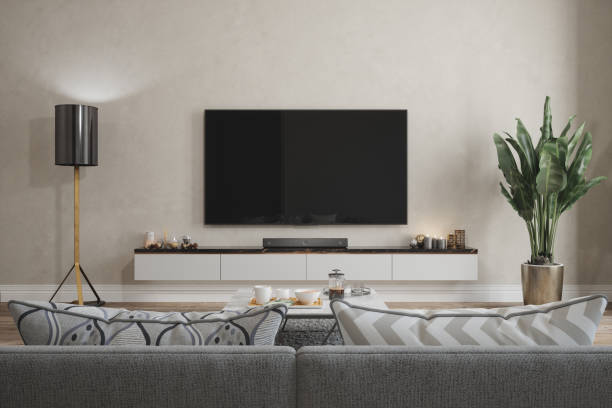Working from home has become the new normal for many people due to the COVID pandemic and technological advances. While this arrangement offers flexibility, it also poses challenges, especially in maintaining productivity and comfort. One solution is to create an ergonomic home office that can boost efficiency while preventing health issues related to poor posture and repetitive strain injuries.
An ergonomic workspace starts with a proper desk setup. The computer monitor should be at eye level or slightly below it, about an arm’s length away. This position reduces neck strain caused by looking up or down too often. If you’re using a laptop, consider getting a stand or docking station to elevate your screen and pair it with an external keyboard and mouse for better hand alignment.
Speaking of keyboards, they should be placed directly in front of you so your shoulders are relaxed, your elbows are bent at right angles, and your wrists are straight when typing. A wrist rest may provide additional support but remember not to use them while actually typing as they can cause more harm than good if used incorrectly.
Your chair is another crucial component of an ergonomic setup. Choose one that supports the natural curve of your spine and allows both feet flat on the floor with knees at hip level when seated. Adjustable chairs are ideal as they allow customization according to individual needs.
Lighting also plays a significant role in creating an ergonomic home office environment. Poor lighting can lead to eye strain which could further result in headaches or migraines over time. Natural light is always best but if not possible ensure adequate artificial lighting that doesn’t cause glares on screens.
Regular breaks from sitting are essential even in the most ergonomically designed workspaces because prolonged static postures can still lead to discomfort and musculoskeletal problems over time. Stand up every 30 minutes or so for some stretching exercises or take short walks around the house.
Lastly, don’t forget about noise management as excessive noise might affect concentration negatively affecting productivity levels drastically over time. If you can’t control the noise level in your environment consider investing in a good pair of noise-cancelling headphones.
In conclusion, creating an ergonomic home office setup requires careful consideration of various factors including desk setup, chair comfort, lighting conditions and noise management among others. By following these tips not only will you create a workspace that’s more conducive to productivity but also one that supports your overall health and wellbeing. Remember, it’s not just about working hard but also working smart and part of this involves taking care of your physical self while doing so.

